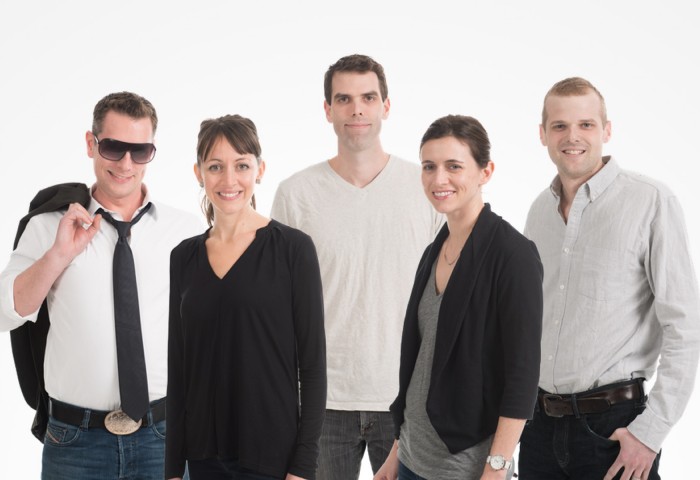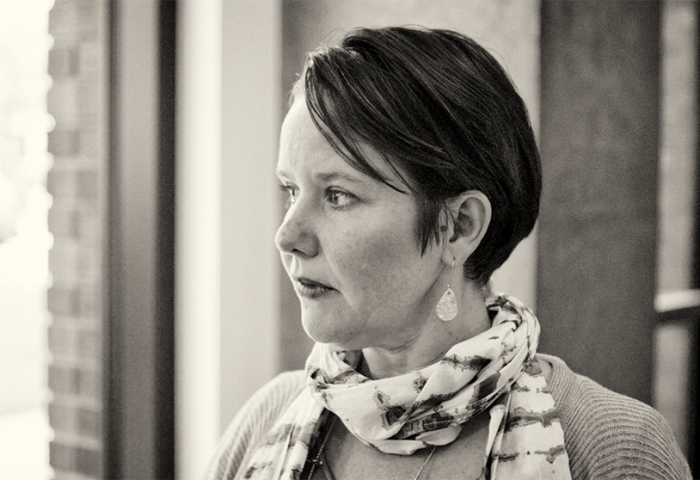We hear a lot about startups going remote, and there are plenty of reasons to make it an attractive option: larger talent pools, lower overhead and the ability to cover all timezones being just a few. However, we don’t often hear about women-led remote startups, and for that reason, I wanted to reach out to CEOs and founders who are leading this movement.
- Kate Kendall will soon move her freelance marketplace business to Brisbane, Australia after years of growth in Silicon Valley.
- Hila Dahan leads a boutique digital analytics company from sunny (and traffic-laden) California.
- Ingrid Ødegaard runs her global remote startup that produces virtual meeting software out of Oslo, Norway.
All are leading distributed teams. What inspired them to start their remote companies is another story.
Kate Kendall, Founder & CEO, CloudPeeps: “In 2010, I quit my job heading up digital at a magazine company in Australia to travel the world and work remotely. I sold most of my possessions and lived in Airbnbs fulltime; I was effectively an early digital nomad! During that time, I was also consulting to startups and brands. I then started my first company, The Fetch. It was through freelancing and through hiring freelancers that I realized there wasn’t a platform for freelancers that met my needs. I would never think to work on the existing freelancer marketplace sites, as the rates were too low and they weren’t about building meaningful relationships. I also didn’t want to hire on them as I wanted to work with skilled people I could trust. That’s when I had the idea for CloudPeeps – it’s almost the ‘anti-freelance marketplace’ freelance marketplace! That was back in 2011, but we didn’t officially launch until 2015.
Building a remote company grew out of my values as a founder and experience as a nomad: I was already thinking globally and working remotely as an indie professional. In fact, creating freedom and enabling location independence is what CloudPeeps as a product does. Therefore, working remotely is about practicing what we preach to our community. Plus, I don’t think I would have personally lasted if the company wasn’t remote!”
Hila Dahan, Co-Founder, 33 Sticks: “I have a very strong personality, with a lot of ideas about how to create valuable businesses. As an employee at every company that I worked for, I’ve always worked tirelessly at trying to optimize their business. Many times, I have done this without being directly asked to do so, which often created conflict—but it’s something so core to who I am, I just couldn’t stop. Unfortunately, that unwavering commitment meant that I often clashed with coworkers. Part of that conflict was fair, since I would constantly find myself working on things far outside of my job description, but part of the conflict was unfair, since I was not permitted to contribute to those businesses in a strategic way…one of the challenges that women in the corporate world face when they choose to challenge the status quo.
If I truly wanted the opportunity and freedom to execute on all the ideas and strategies that I’d compiled over the years, I realized I had to take the risk of starting and running a company that reflected my vision. No one else was going to hand me the opportunity, I had to make it happen for myself. As far as building a remote company, there are many reasons why this was the best approach to take. That said, I am the mother of two amazing teenage boys, and one afternoon, while I was stuck in traffic on the 405 freeway during my daily two-hour commute out of LA, I saw their youth passing by me, and right then I knew I had to do something that would allow me to spend more quality time with them. It’s a decision that has made an amazing impact on all of our lives, and looking back, I can’t believe it took me this long to make it happen. I absolutely love the balance that I have, and most of all, I love spending time with my family.”
Ingrid Ødegaard, Co-Founder & CEO, appear.in: “appear.in was born from the pain of trying to have daily standup meetings with people out of the office. We wanted to make it possible to have a fixed meeting place that people could just drop into every day instead of having to send links around. We actually weren’t a remote team when we started, but people were frequently working from home or out on the road. Over time, we moved into being a remote team—first by necessity, when our tech lead wanted to move to another city, and later, by choice, when we chose to add a customer support manager in the US. Now, it’s important for us to experience the pains that remote teams encounter, and thus we have a policy that encourages people to work from wherever they want to, even if they live in the same city. Working from places other than the office is also a great way to get inspiration, meet other startups and make your life a bit more flexible.”
All three entrepreneurs recognize that their remote teams offer some helpful advantages—along with a few sizeable challenges.
Kendall: “CloudPeeps’ biggest advantage with going remote is attracting like-minded talent to be a part of the team. We’re in the golden age of remote with many highly-skilled and productive people opting for freedom, flexibility, and independence over traditional factors such as stability or highest pay. That’s not to say that remote teams don’t offer these things – remote teams often have high rates of retention and greater earning potential since workers don’t have to live in expensive cities to access top opportunities. As more companies offer remote work, it will become more competitive for talent again though.”
Dahan: “The biggest advantage that we have is that we have the absolute best talent available. Because we aren’t limited to hiring smart people who live in the LA area, or only those willing to relocate here, we can go out and find employees who are at the top of their game, and even more importantly, are a solid culture fit for 33 Sticks.”
Ødegaard: “My favorite thing about a remote working policy is that it allows people to work the way that’s best for them. Instead of cramping people into an open plan office, people can choose the environment that makes them feel most productive. If you’re an introvert, who works best when you’re allowed to concentrate in a quiet environment, your productivity and happiness may be boosted by working from home and you can create more value. Also, I believe it will fundamentally change the labor market by allowing people to find meaningful jobs outside the geographical area they live in, and give companies access to a global talent pool. Being based here in Oslo, Norway, we see that it’s very hard to find certain skills because the startup ecosystem here is not as developed, so there may be no one who lives here who has the experience.”
Kendall: “In terms of challenges… remote work isn’t for everyone. For instance, it’s hard to tell if it works for you if you’ve never worked remotely before. Therefore, it’s a bit of an experiment for companies to hire workers new to remote. Working remotely is a steep learning curve and you need to be self-motivated to succeed.”
Dahan: “Our biggest challenge is making sure that our entire team is connected and collaborating. It’s the biggest drawback we hear from other companies that are experimenting with the remote work model: ‘we love the remote concept but we really need our team to collaborate to solve complex problems and that only happens when everyone is in the office.’ My vision here was to create a model where remote work can be a competitive advantage that other companies can learn from as well. Building a distributed company that is highly collaborative in solving complex client needs, building innovative products, and helping to build a sustainable company is not easy but we are committed to making it happen.”
Ødegaard: “We have customers all over the world that we need to support 24/7. There is never a time when we nobody is using the product. So we’re rigged to handle events no matter when they occur, even at 3am in Oslo (which is 10am in Tokyo or 6pm in San Francisco). Being a small team of 11 engineers, this can be a challenge. But I think one of our biggest advantages is that we have a flexibility in our way of working, that allows us to be nimble and make changes fast. I try to build a culture where we push decisions down to the lowest level, as the one closest to the problem is often the best one to solve it. Also, we want people to be happy and thriving, so we don’t work toward hard deadlines and risk burning people out. We try to work quickly, but thoroughly. With new, experimental stuff we can build a prototype really fast that we release to a group of test users and get rapid feedback on, and once we know how it should work, we invest in making it robust and scalable. Everyone on the team contributes to product decisions, and takes part in listening to user feedback.”



Responses
Thanks for sharing these thoughts! I am hopefully working my way towards leading a remote company myself and this helps get me motivated to not let more time pass me by!